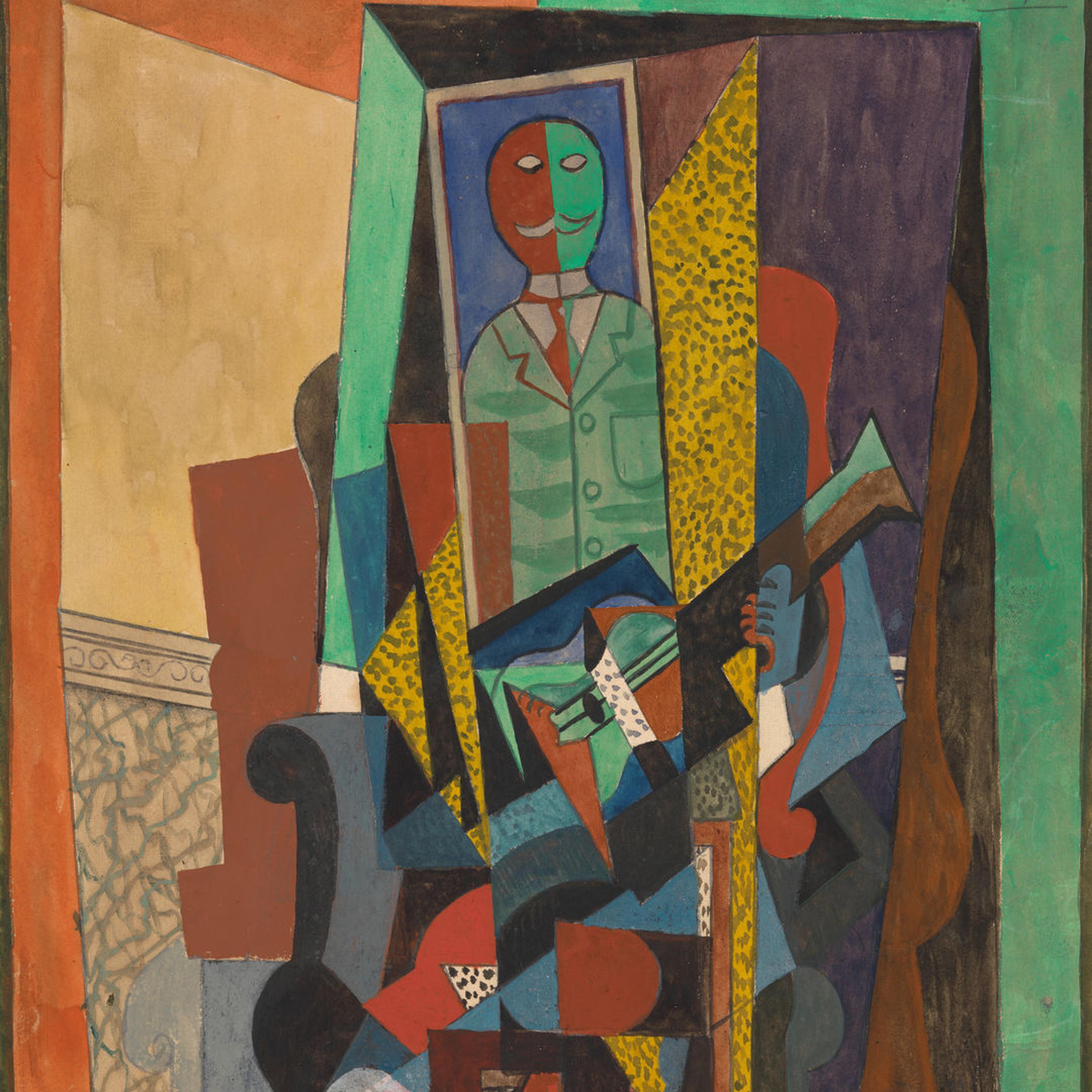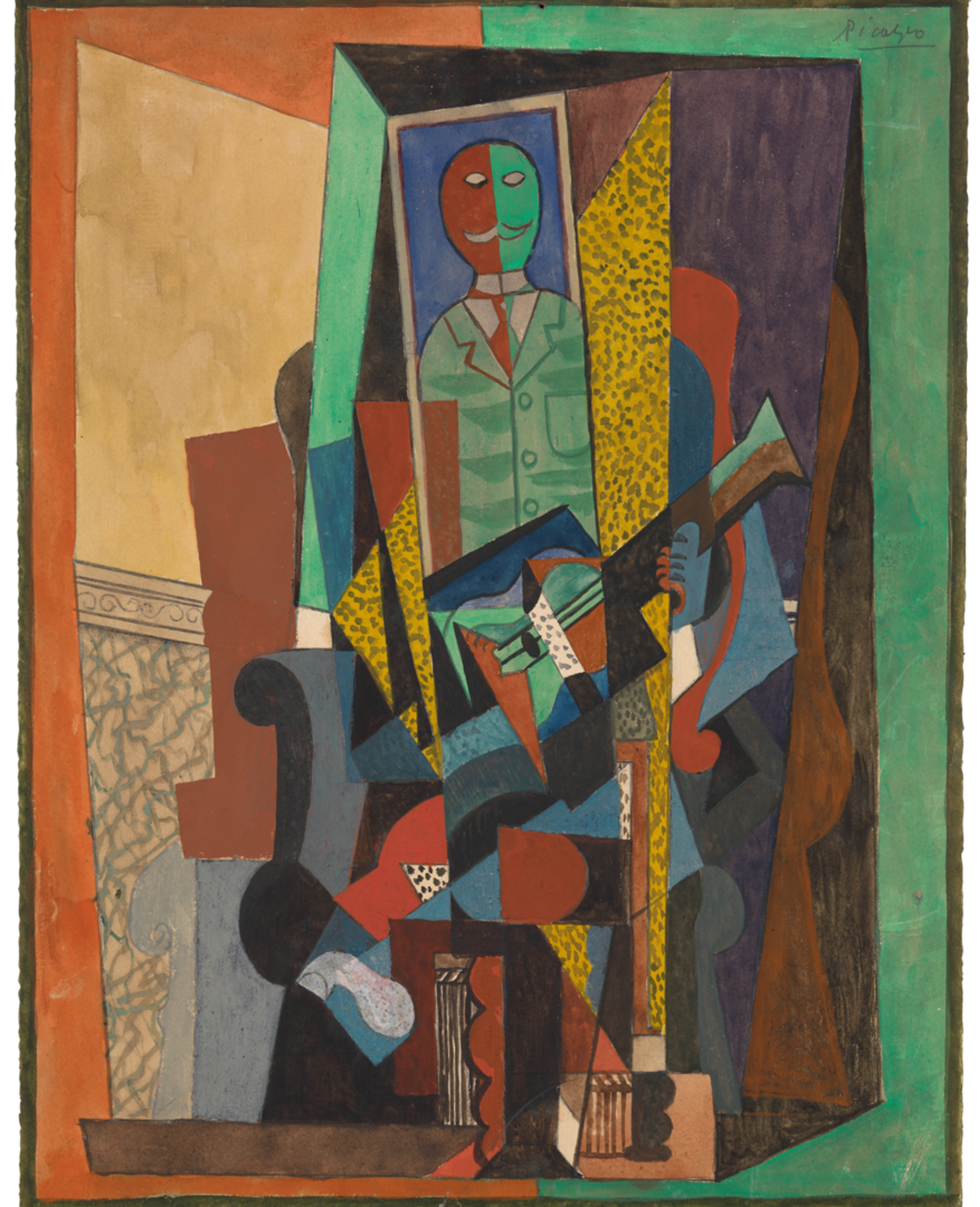
Pablo Picasso (1881–1973), Man with a Guitar, 1915–16. Watercolor, gouache, resin, and graphite on white wove paper, 12 1/4 x 9 1/2 in. (31.1 x 24.1 cm). Promised Gift from the Leonard A. Lauder Cubist Collection © 2016 Estate of Pablo Picasso / Artists Rights Society (ARS), New York
Picasso used a variety of materials and techniques to create this small yet complex rendition of a man with a guitar. He may have used a ruler to draw some of the strong pencil lines that form the architectural framework for this design (FIG. 1). In certain instances, he pressed so hard with his pencil that it embossed the surface (FIG. 2). The resulting lines delineate blocks of color as well as specific details, including the scroll pattern on the molding and the buttons on the figure's jacket. Picasso applied thin washes of transparent watercolor in visible strokes that add depth to the yellow, green, and orange passages. For other details, including the speckled yellow section and the stripes on the figure's green jacket, he used a wet-on-dry technique, in which the base layer is allowed to dry before additional layers are applied on top, keeping the colors and patterns distinct. The faux marbre (imitation marbleizing) at left was created with a thinned resin or fluid oil paint. The lines were intensely colored, although over time the resin has darkened and the pigment has faded. The resin-based paint is most apparent in pale blue-and-white areas like the shoe, where Picasso's use of a substantially thicker and shiny media adds depth and specular light to the surface of the design (FIG. 3).
With analytical assistance from Julie Arslanoglu, Research Scientist, Department of Scientific Research
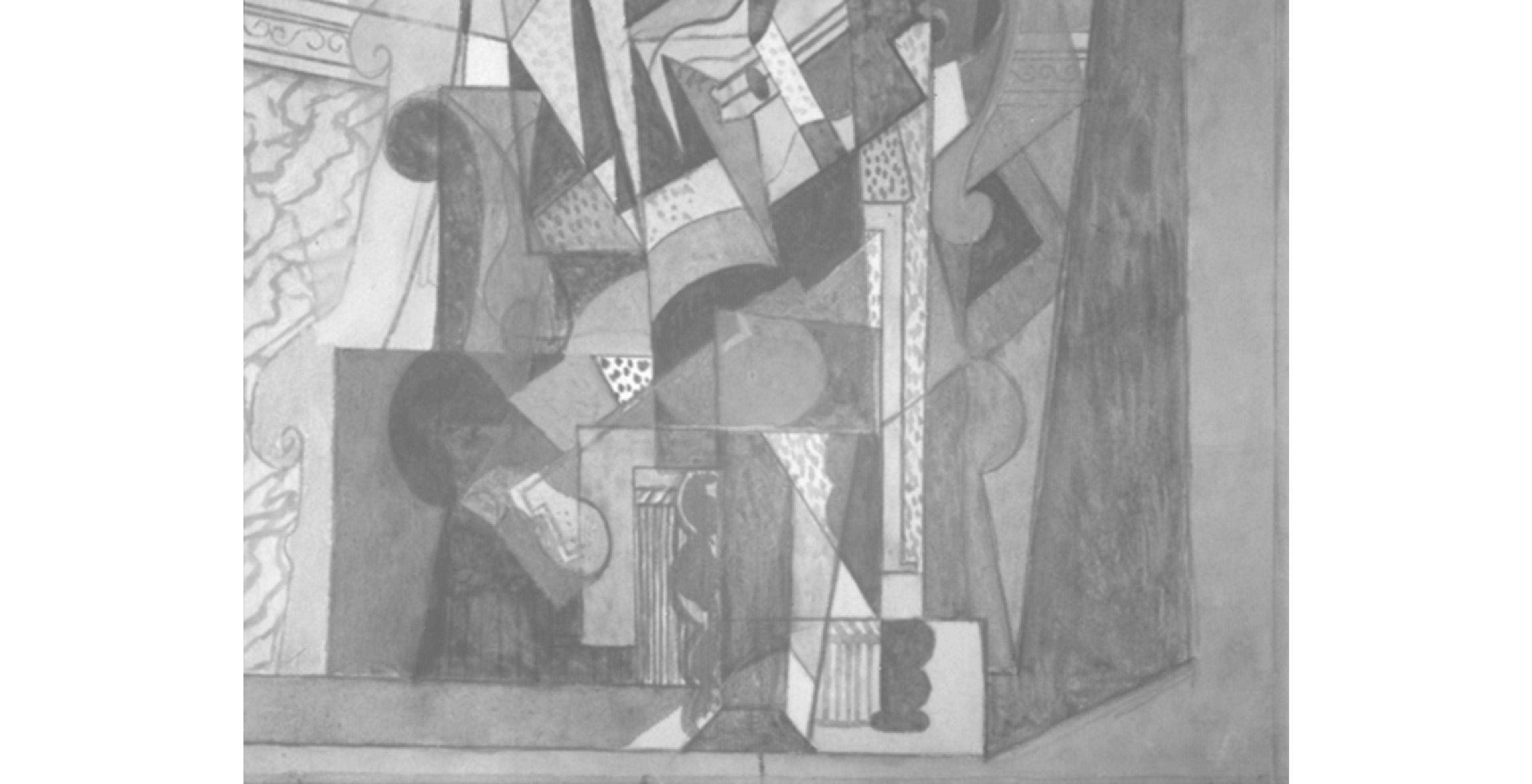
FIG. 1. This detail, which was obtained using Infrared Reflectography, makes visible the graphite pencil drawing.
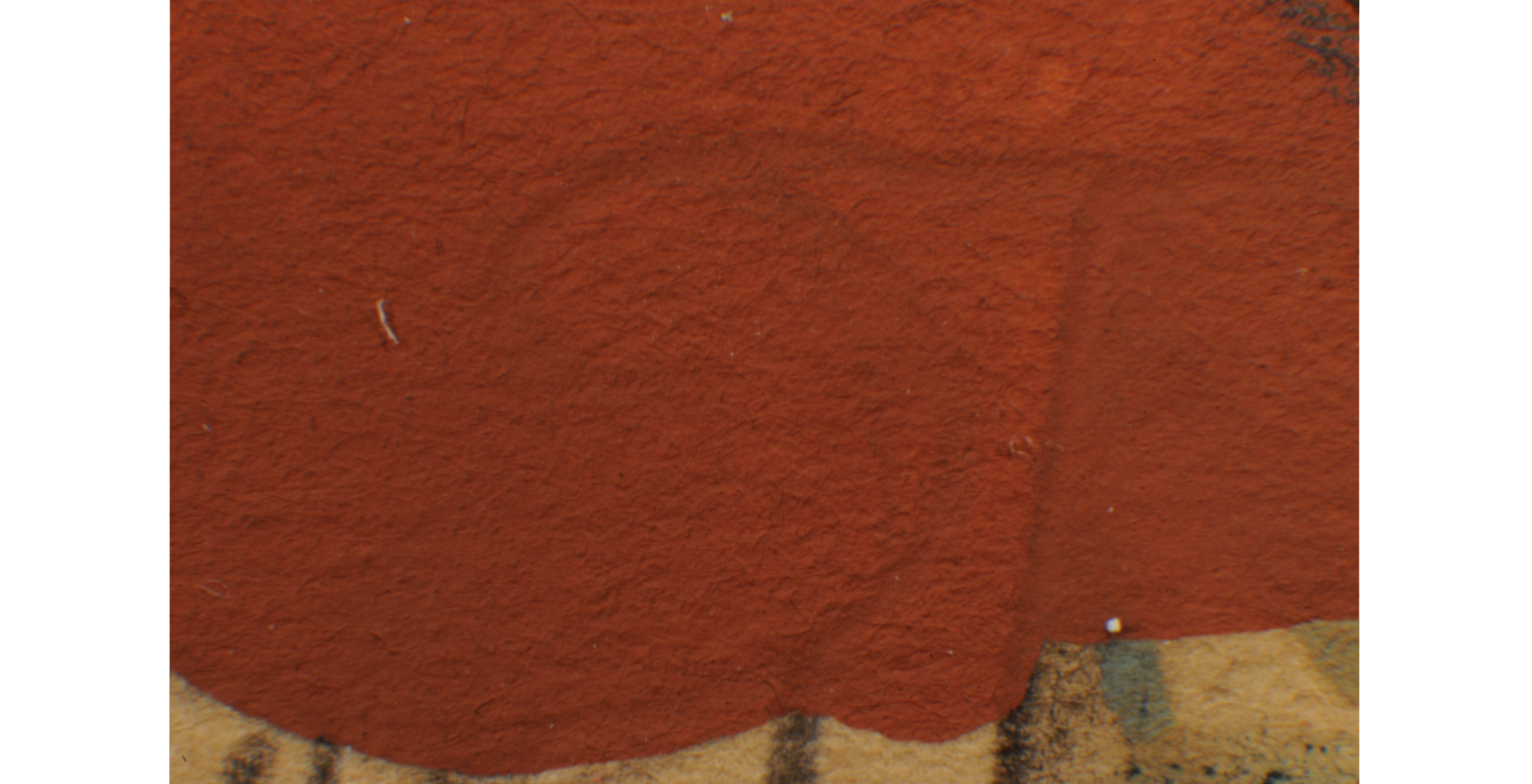
FIG. 2. Detail of the embossing that was created through strong pressure of the pencil. These lines appear under a layer of gouache.
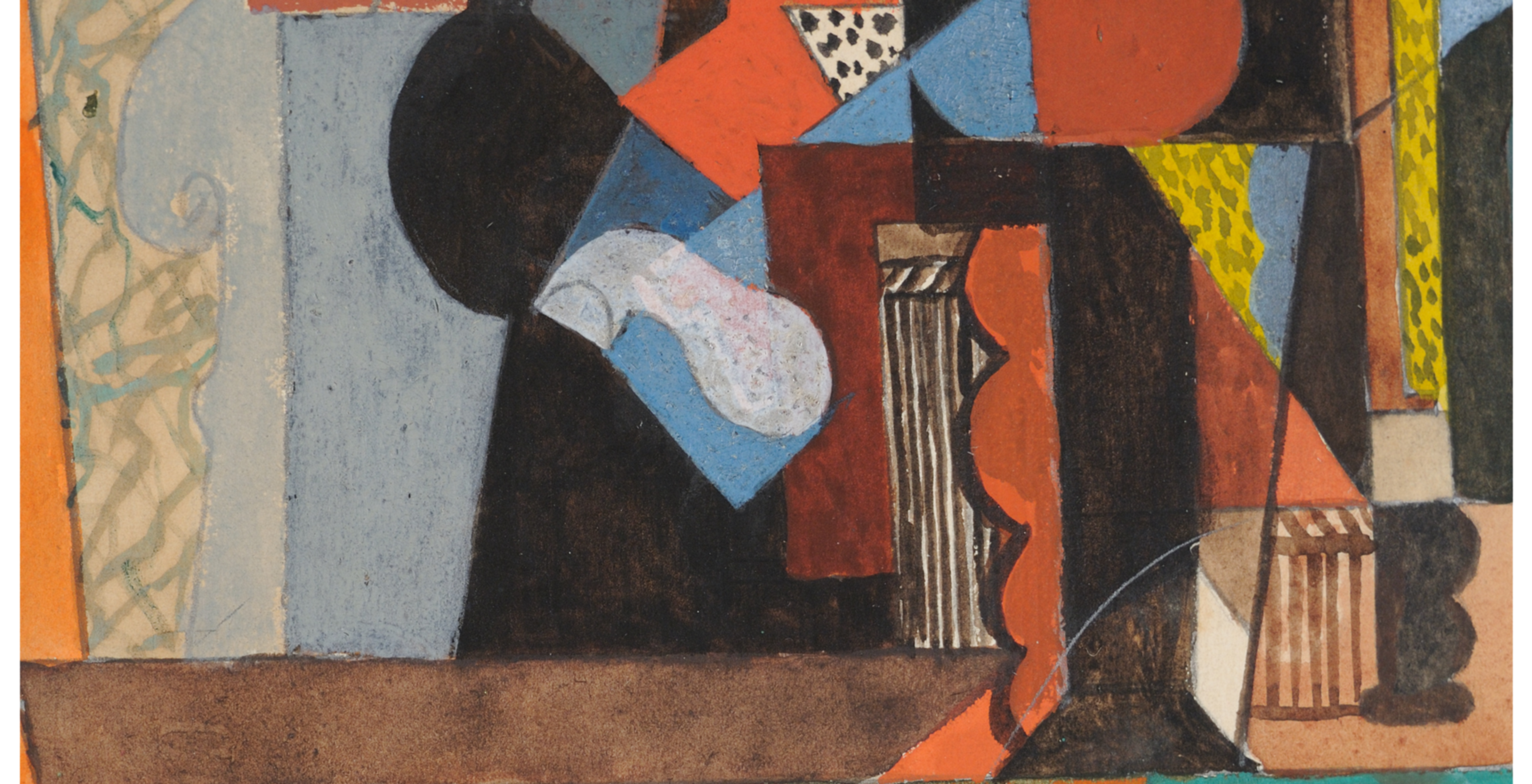
FIG. 3. A variety of textures can be seen in this detail, including shiny white and pale blue resin that contrasts with the matte watercolor.
